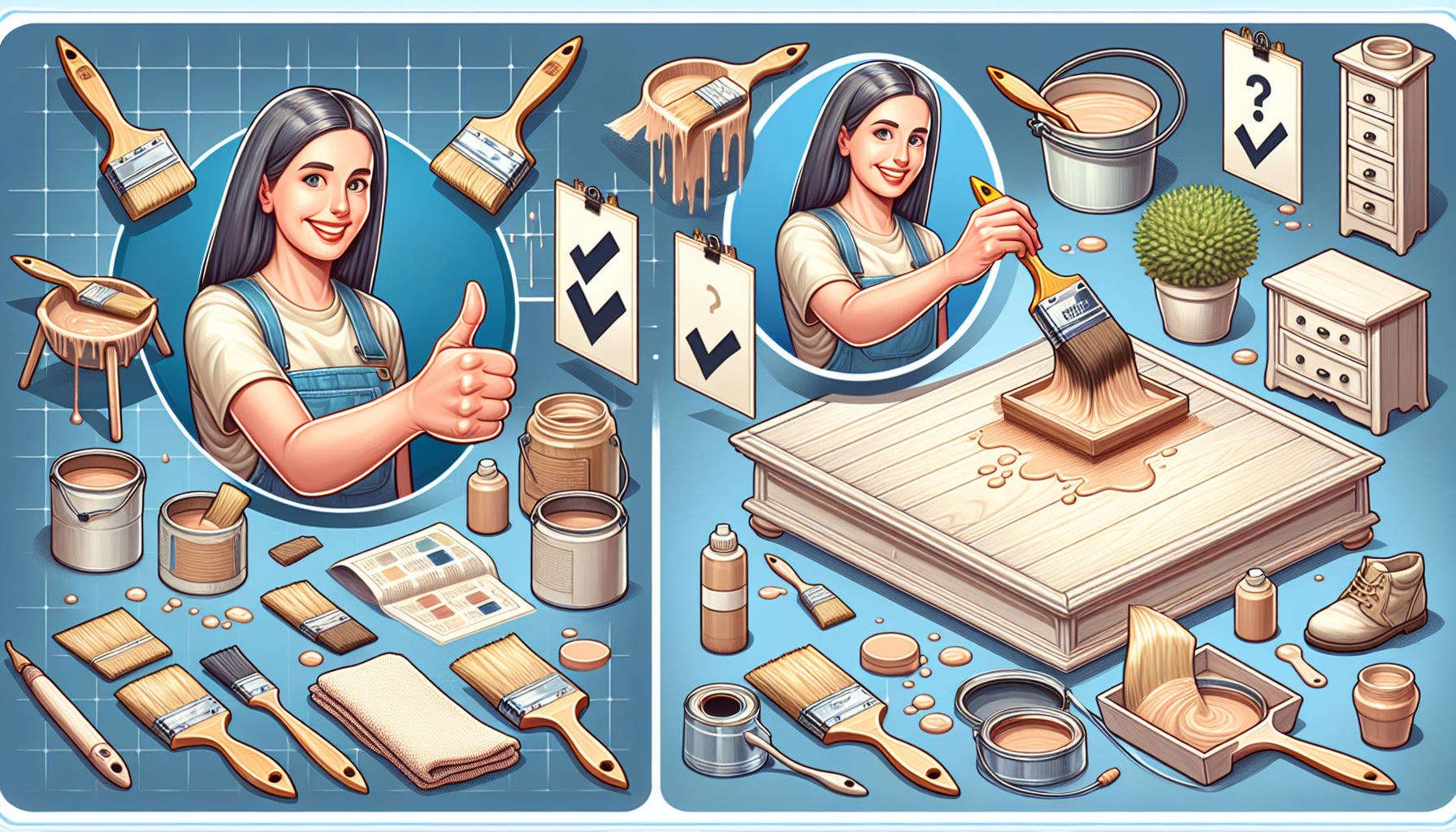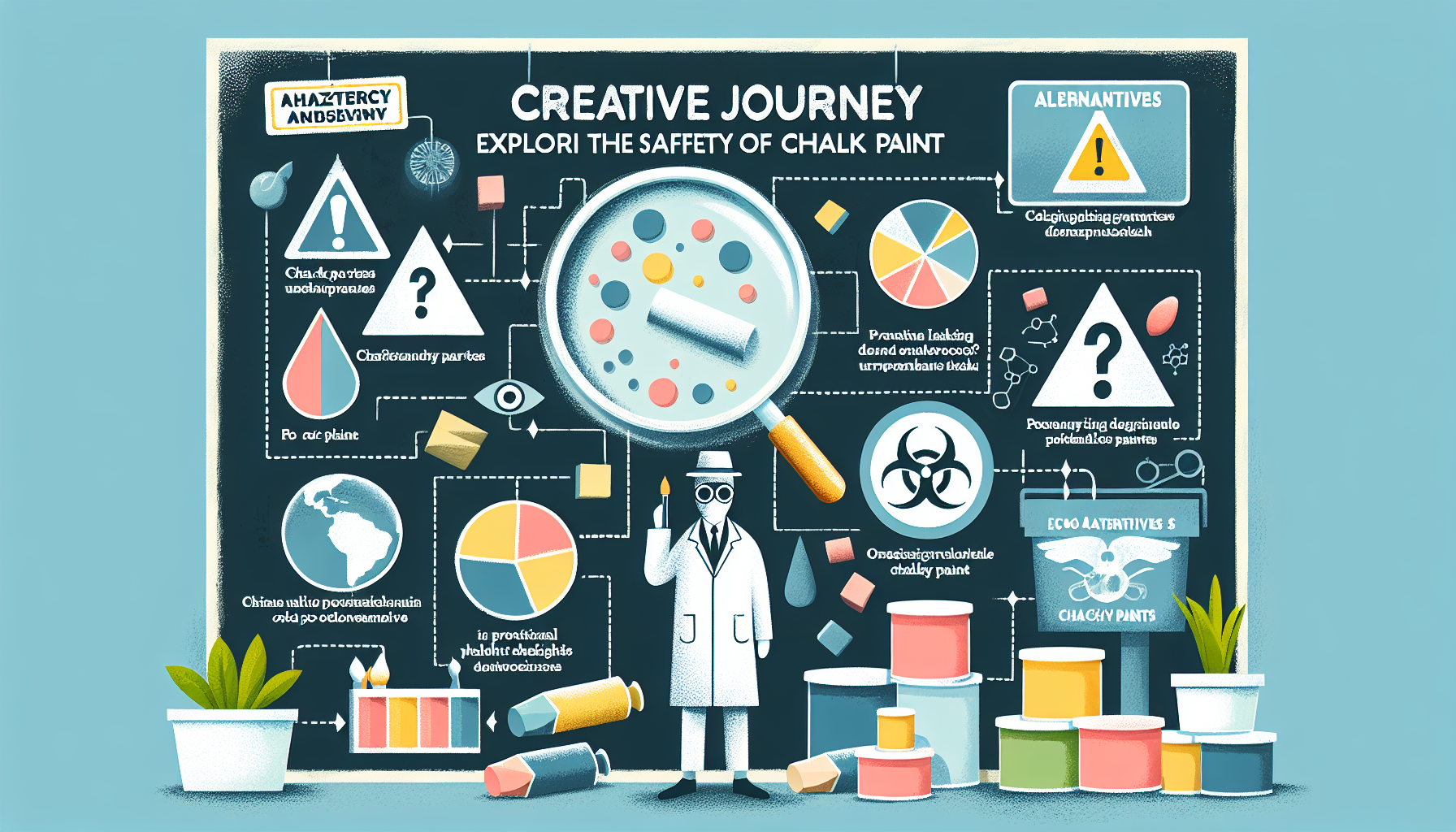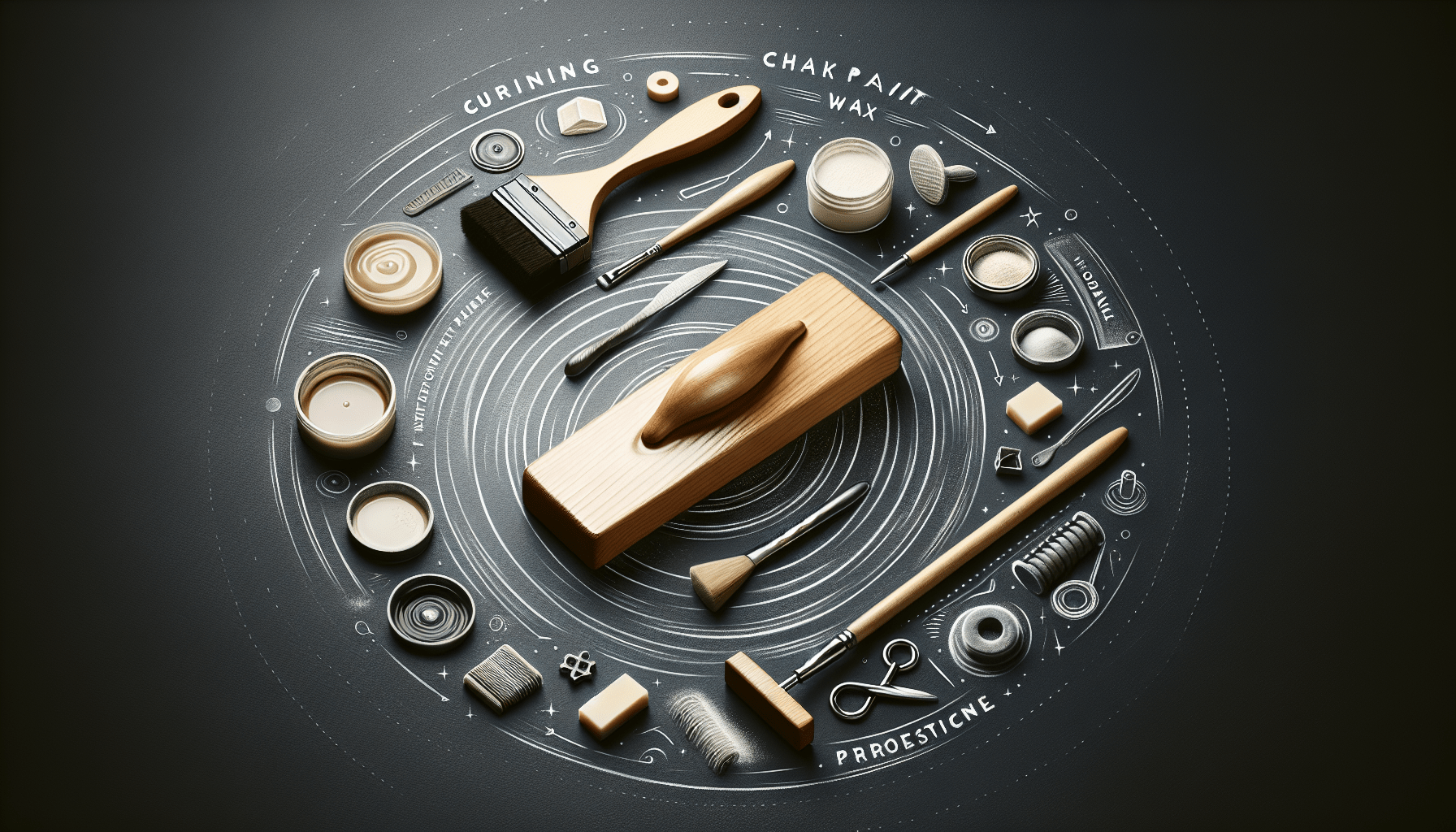When it comes to reviving furniture, finding the right paint can be crucial. If you have a varnish-coated piece that needs a fresh look, you may wonder if chalk paint can be applied directly over the existing varnish. This article explores the possibility of using chalk paint straight over varnish, delving into the factors to consider, the preparation required, and the potential outcomes. By the end, you will have a clear understanding of whether or not this technique is suitable for your project and the steps to take for a successful transformation.
Can You Use Chalk Paint Straight Over Varnish?
When it comes to painting furniture or other surfaces, it’s important to consider the compatibility of different types of paints and finishes. One common question that arises is whether it’s possible to use chalk paint directly over varnish. While there are methods to achieve this, it requires thorough preparation and testing to ensure proper adhesion and long-lasting results. In this article, we will explore the process of using chalk paint over varnish, including understanding chalk paint and varnish, preparing the surface, testing adhesion, and the step-by-step process of applying chalk paint over varnish.
Understanding Chalk Paint and Varnish
What is Chalk Paint?
Chalk paint is a unique type of paint that is known for its matte finish and its ability to adhere to various surfaces without the need for extensive priming or sanding. It was developed by Annie Sloan in the 1990s and has gained popularity for its ease of use and versatile application. Chalk paint gets its name from the chalky appearance it creates on surfaces, giving them a vintage and shabby chic look.
What is Varnish?
Varnish, on the other hand, is a protective finish that is applied over wood, metal, or other surfaces to enhance their durability and appearance. It provides a glossy or satin finish and acts as a barrier against moisture, sunlight, and wear and tear. Varnish is commonly used on furniture, floors, and other wooden surfaces to protect them from damage and to give them an appealing shine.
Differences Between Chalk Paint and Varnish
Chalk paint and varnish differ in their composition, application, and purpose. While chalk paint is a water-based paint that contains chalk, minerals, and pigments, varnish is typically an oil-based or water-based transparent coating that adds a protective layer on top of painted or bare surfaces. Chalk paint is known for its matte finish, while varnish provides a glossy or satin finish. Additionally, varnish is primarily used for protection, while chalk paint is often used for decorative purposes.
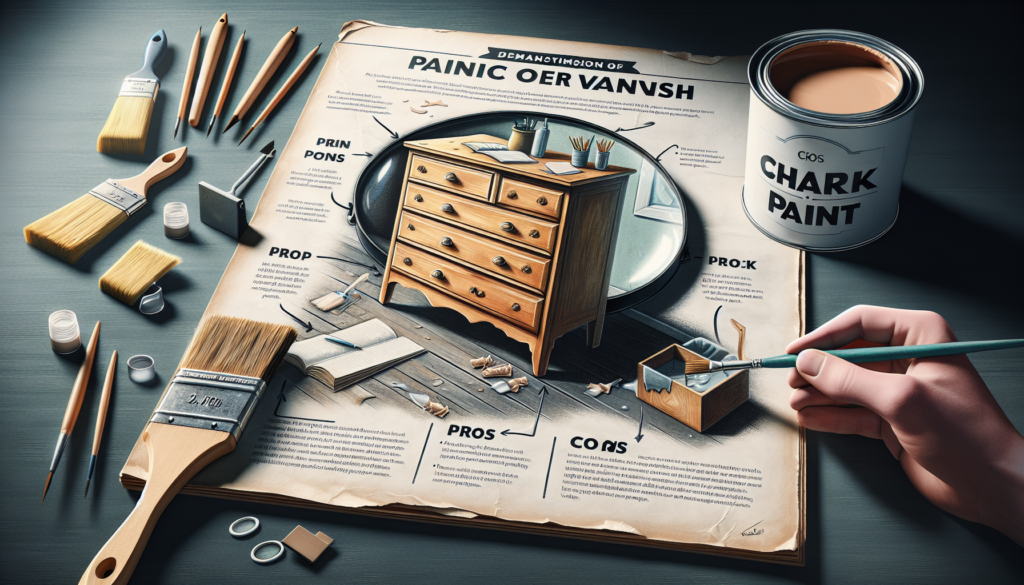
Preparing the Surface
Before applying chalk paint over varnish, it is crucial to properly prepare the surface to ensure good adhesion and a smooth finish. The steps involved in preparing the surface include cleaning the varnished surface, removing loose varnish or paint, sanding the varnished surface, filling in holes or cracks, and smoothing the surface.
Cleaning the Varnished Surface:
The first step in preparing the surface is to clean the varnished surface thoroughly. This can be done using a mild soap or detergent mixed with water and a soft cloth or sponge. Gently wipe down the surface to remove any dirt, grease, or grime that may hinder the adhesion of the chalk paint.
Removing Loose Varnish or Paint:
Next, it’s important to remove any loose varnish or paint from the surface. This can be done using a scraper or sandpaper. Be sure to wear protective gloves and a mask to avoid inhaling any dust or particles. Scrape gently or sand the surface until all loose or peeling varnish or paint has been removed.
Sanding the Varnished Surface:
After removing any loose varnish or paint, it’s necessary to sand the varnished surface to create a rough texture that promotes better adhesion. Use medium to coarse-grit sandpaper and sand the surface in even strokes, following the grain of the wood if applicable. Sanding will also help to smooth out any imperfections or unevenness in the surface.
Filling in Holes or Cracks:
If there are any holes, cracks, or imperfections in the surface, it’s essential to fill them in before applying the chalk paint. Use a wood filler or putty that matches the color of the surface and apply it with a putty knife. Allow the filler to dry completely before sanding it smooth with fine-grit sandpaper.
Smoothing the Surface:
After sanding and filling, make sure to thoroughly clean the surface of any dust or debris. Use a tack cloth or a damp cloth to wipe away any remaining particles. A smooth and clean surface is crucial for achieving a flawless finish when applying the chalk paint.
Testing the Adhesion
Testing the adhesion of chalk paint on varnish is a critical step to ensure that the paint will bond properly and adhere well over the existing finish. Conducting an adhesion test will help determine if any additional preparation or priming is necessary.
Importance of Adhesion Test:
An adhesion test is crucial as it allows you to assess whether the chalk paint will stick to the varnish effectively. If the paint does not adhere properly, it could result in peeling or flaking over time. By conducting a simple adhesion test, you can save time and effort by addressing any issues before proceeding with the entire project.
Conducting an Adhesion Test:
To conduct an adhesion test, apply a small amount of chalk paint to an inconspicuous area of the varnished surface. Allow the paint to dry according to the manufacturer’s instructions. Once dry, gently rub the painted area with your finger or a cloth. If the paint comes off easily or flakes away, it indicates poor adhesion. In such cases, additional preparation steps may be necessary to ensure proper adhesion.
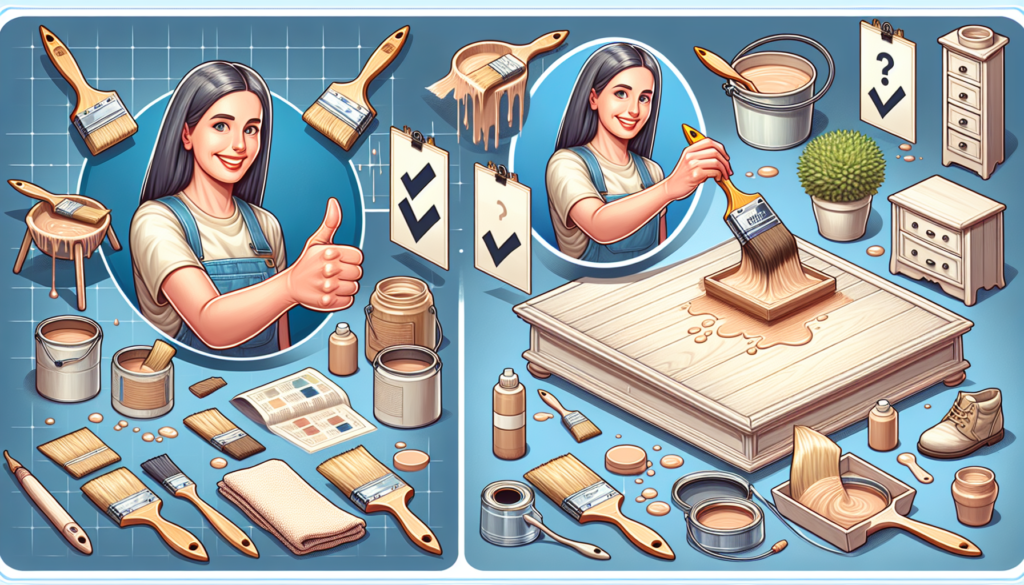
Using Chalk Paint on Varnished Surfaces
Can Chalk Paint Adhere to Varnish?
The short answer is yes, chalk paint can adhere to varnished surfaces. However, achieving good adhesion requires careful preparation and the use of proper techniques. As varnish creates a smooth and glossy surface, it can be more challenging for chalk paint to bond effectively. Therefore, following the necessary steps and techniques is essential for successful results.
Factors Affecting Chalk Paint Adhesion on Varnish
Several factors can affect the adhesion of chalk paint on varnish. These include the type and condition of the varnish, the texture and cleanliness of the surface, and the application technique used. Proper surface preparation and testing are key to overcoming these challenges and ensuring a long-lasting and beautiful finish.
Steps to Apply Chalk Paint over Varnish
Once the surface has been properly prepared and the adhesion has been tested, you can begin the process of applying chalk paint over varnish. The following steps outline the procedure:
Supplies Needed:
Before starting, gather all the necessary supplies. This includes chalk paint, a paintbrush or a foam roller, sandpaper, wood filler, a putty knife, a soft cloth, mild soap or detergent, a bucket of water, and a tack cloth.
Work Area Preparation:
Prepare your work area by ensuring proper ventilation and covering the surrounding surfaces to protect them from any paint splatters or spills. Lay down a drop cloth or old newspapers to catch any debris or drips.
Safety Precautions:
When working with chalk paint, it is important to take necessary safety precautions. Wear protective gloves, safety goggles, and a mask to protect yourself from potential hazards, such as dust particles or fumes.
Sand and Smooth the Surface
Choosing the Right Sandpaper Grit:
To achieve proper adhesion, start by sanding the varnished surface using sandpaper with a medium to coarse grit. The specific grit will depend on the condition and texture of the surface. Generally, a grit of 120 or higher is suitable for most varnished surfaces.
Sanding Techniques:
When sanding, use even strokes and follow the grain of the wood if applicable. This will help create a rough surface that promotes better adhesion. Sand the entire surface, ensuring that any gloss or shine from the varnish has been removed. After sanding, wipe away any dust or debris using a tack cloth or a damp cloth.
Cleaning the Surface
Removing Dust and Residue:
After sanding, it is important to thoroughly clean the surface to remove any dust or residue. This can be done using a tack cloth or a damp cloth. Wipe the surface in a gentle and consistent manner to ensure that all particles are removed.
Cleaning Products and Techniques:
When cleaning the surface, avoid using any harsh chemicals or abrasive cleaners. Mild soap or detergent mixed with water is often sufficient for cleaning surfaces. Gently wipe the surface without applying excessive pressure that could damage the prepared surface.
Applying a Base Coat
Purpose of a Base Coat:
Applying a base coat serves several purposes when using chalk paint over varnish. It helps improve the adhesion of the paint, creates an even surface for the top coat, and allows for better coverage of the chalk paint.
Choosing an Appropriate Base Coat:
For the base coat, select a color that complements or matches the final color of the chalk paint. It’s advisable to choose a lighter shade to ensure better coverage. Additionally, consider using a bonding primer specifically designed for challenging surfaces like varnish.
Applying the Base Coat:
Using a paintbrush or foam roller, apply the base coat evenly over the varnished surface. Start with a thin coat and allow it to dry completely according to the manufacturer’s instructions. If necessary, apply a second or third coat to achieve the desired coverage and opacity. Allow the base coat to dry thoroughly before proceeding to the next step.
Sealing the Chalk Painted Surface
Importance of Sealing:
To protect the chalk paint and ensure its longevity, it is crucial to seal the painted surface. Sealing provides a protective barrier against moisture, stains, and daily wear and tear, extending the life of the painted surface.
Choosing a Sealer:
There are several options for sealing chalk-painted surfaces, including wax and polyurethane. Wax provides a matte or satin finish, while polyurethane offers a glossier and more durable finish. Choose the sealer that best suits your desired aesthetic and the level of protection required.
Applying the Sealer:
Apply the sealer using a paintbrush, foam brush, or a cloth, following the manufacturer’s instructions. Make sure to apply the sealer evenly, avoiding excessive brush strokes or pooling. Allow the first coat to dry completely, then apply a second coat if recommended. Allow the sealer to cure for the recommended time before using or placing any objects on the painted surface.
In conclusion, while it is possible to use chalk paint directly over varnish, it requires careful preparation, testing, and the use of appropriate techniques. By understanding the properties of both chalk paint and varnish, properly preparing the surface, testing the adhesion, and following the step-by-step process of applying chalk paint over varnish, you can achieve a beautiful and durable finish on your furniture or other painted surfaces. Remember to choose the right supplies and take necessary safety precautions throughout the process for the best results.
